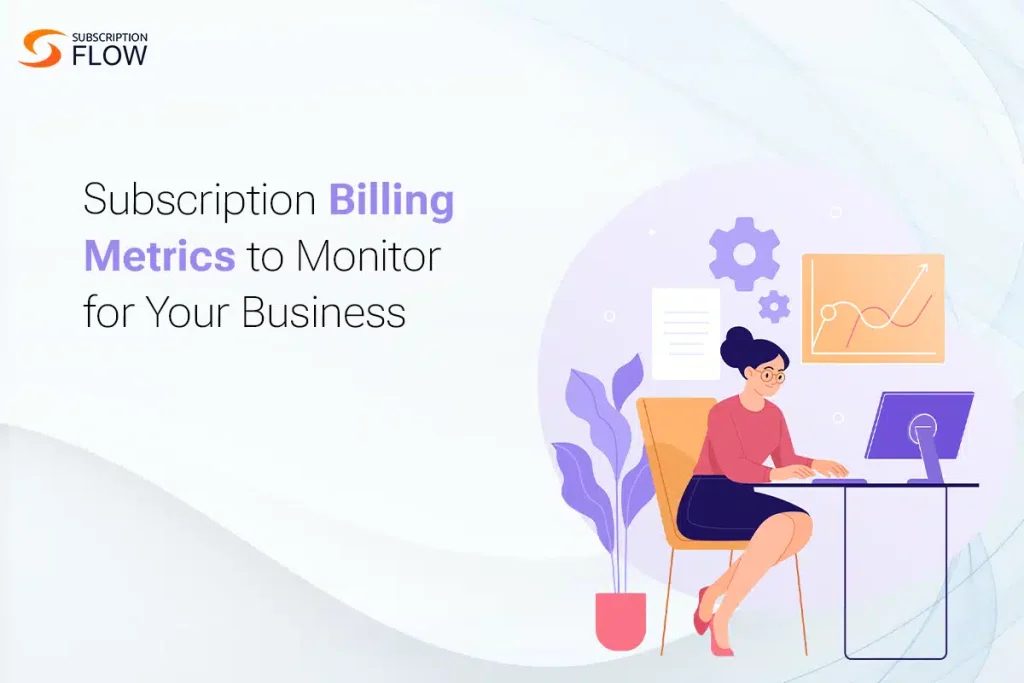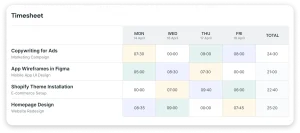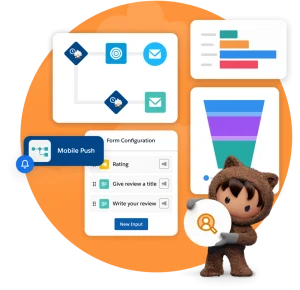Accounting Strategies for Subscription-Based Business Models: Beyond the Monthly Invoice

Let’s be honest. The subscription model is a beautiful thing. Predictable revenue, loyal customers, a business that hums along like a well-oiled machine. But that beautiful machine can quickly turn into a tangled mess if your accounting isn’t built for it. You know the feeling. You’re looking at a bank statement that’s healthy, but your profit and loss report tells a different, more confusing story.
That’s the classic cash vs. accrual accounting dilemma hitting you right in the gut. Traditional product-based accounting methods just don’t cut it when your revenue is a trickle, not a tidal wave. So, let’s dive into the specific accounting strategies that will bring clarity, compliance, and genuine financial intelligence to your subscription business.
The Core Principle: Why Accrual Accounting is Non-Negotiable
Imagine you sell an annual subscription for $1,200 upfront. Your bank account gets a nice $1,200 boost. With cash-based accounting, you’d record all that revenue in January. It looks like you had a killer month! But then February through December? A revenue desert, despite still providing your service.
This is why accrual accounting is the bedrock of subscription finance. Under this method, you recognize revenue as you earn it, not when you receive the cash. That $1,200 annual plan? You’d recognize $100 each month. This matches your revenue with the period in which you delivered the service, giving you a true picture of your monthly performance.
It’s the difference between seeing a snapshot and watching a movie. One gives you a single, potentially misleading moment; the other shows you the entire story of your business’s health.
Mastering Revenue Recognition: ASC 606 and IFRS 15
This isn’t just a best practice—it’s the law. Accounting standards like ASC 606 (in the U.S.) and IFRS 15 (internationally) provide a strict five-step model for revenue recognition. It sounds complex, but it boils down to a simple, logical process.
The five steps are:
- Identify the contract with a customer.
- Identify the performance obligations in the contract. (What are you promising to deliver?)
- Determine the transaction price. (The total contract value.)
- Allocate the transaction price to each performance obligation. (Splitting the price if you have multiple obligations.)
- Recognize revenue when (or as) you satisfy each performance obligation.
For a SaaS company, this is usually just access to the software. But if you bundle in onboarding, support, or custom features, those are separate obligations.
For most straightforward SaaS subscriptions, you satisfy your obligation over time, which is why you recognize revenue ratably—a little bit each month.
The Lifeblood Metrics: What to Actually Measure
If you’re only tracking total revenue, you’re flying blind. Subscription businesses live and die by a specific set of KPIs. These are the numbers that tell you if your model is sustainable.
MRR and ARR: Your North Star
Monthly Recurring Revenue (MRR) and Annual Recurring Revenue (ARR) are the heartbeat of your business. They represent the predictable revenue you can expect to receive on a rolling basis. Track them religiously. Break them down into:
- New MRR: From new customers.
- Expansion MRR: From existing customers upgrading.
- Churn MRR: The revenue you lose from cancellations or downgrades.
The Trifecta: CAC, LTV, and Churn
These three metrics are inextricably linked. Think of them as a three-legged stool—if one is weak, the whole thing collapses.
| Metric | What It Is | Why It Matters |
| Customer Acquisition Cost (CAC) | The total cost to acquire a new customer (sales + marketing). | Tells you the efficiency of your growth engine. |
| Customer Lifetime Value (LTV) | The total revenue you expect from a customer over their lifetime. | Measures the long-term value and health of your customer relationships. |
| Churn Rate | The percentage of customers who cancel their subscriptions in a given period. | The most direct indicator of product-market fit and customer satisfaction. |
The golden rule? Your LTV should be significantly greater than your CAC—a 3:1 ratio is often cited as healthy. A high churn rate will brutally cut your LTV short, making even a low CAC unsustainable.
Handling the Complexities: Deferred Revenue and Contract Liabilities
Remember that $1,200 annual payment? Under accrual accounting, you can’t just pocket it as revenue. That cash is, well, it’s a promise. You owe your customer 11 more months of service.
This unearned cash is recorded on your balance sheet as a liability called “Deferred Revenue” or “Contract Liability.” It’s essentially a debt you owe to your customers in the form of future service. Each month, as you earn that revenue, you reduce the deferred revenue liability and recognize $100 on your income statement.
Managing this deferred revenue balance is critical. It’s not your money to spend freely—it’s held in trust until you’ve delivered on your promise.
Practical Steps and Tech Stack
Doing this manually for dozens, hundreds, or thousands of customers is a recipe for errors and burnout. You need the right tools.
- A Modern Billing Platform: Tools like Stripe, Chargebee, or Recurly are built for this. They automate invoicing, handle prorations, and—crucially—integrate with your accounting software to post the correct journal entries for recognized and deferred revenue.
- Subscription-Aware Accounting Software: QuickBooks Online or Xero, when paired with the right integrations, can handle the complexities of accrual accounting for subscriptions. The key is the integration between your billing system and your GL.
- A Central Source of Truth: Many businesses now use a data warehouse or a platform like Pareto to combine billing data with data from their CRM and product. This gives a 360-degree view of customer behavior and financial health.
Honestly, trying to manage a growing subscription business without this tech stack is like trying to dig a foundation with a spoon. It’s possible, but painfully slow and inefficient.
A Final Thought: Accounting as Your Strategic Compass
When done right, accounting for your subscription business stops being a tedious compliance task. It transforms into your most powerful strategic tool. It tells you which customer segments are truly profitable, how effective your pricing tiers are, and when it’s safe to invest aggressively in growth.
It’s the quiet hum in the background that lets you know your machine is running smoothly—or the early warning signal that a part is about to fail. In the world of recurring revenue, your financial statements are the story. Make sure you’re reading the right one.








